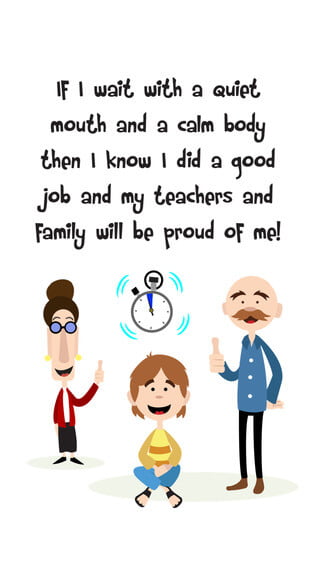We use visual supports like a universal language, to help us clearly identify certain common items, warnings, rules, etc. Some examples of these visual supports that assist us in our day to day activities include the male/female sign on the toilet door, traffic lights to tell us when to ‘go’ and when to ‘stop’, red for hot and blue for cold water, etc. As adults we use symbols daily as icons on our computer or emoji’s in our text messages to recognise programs or express emotions.
Visuals can be particularly beneficial to support children with learning new skills, remembering things, carrying out familiar routines and other daily tasks. They give an alternative to verbal instructions which in some children is processed faster and easier, enhancing the communication process. Below are some different ways to use visuals with children.






